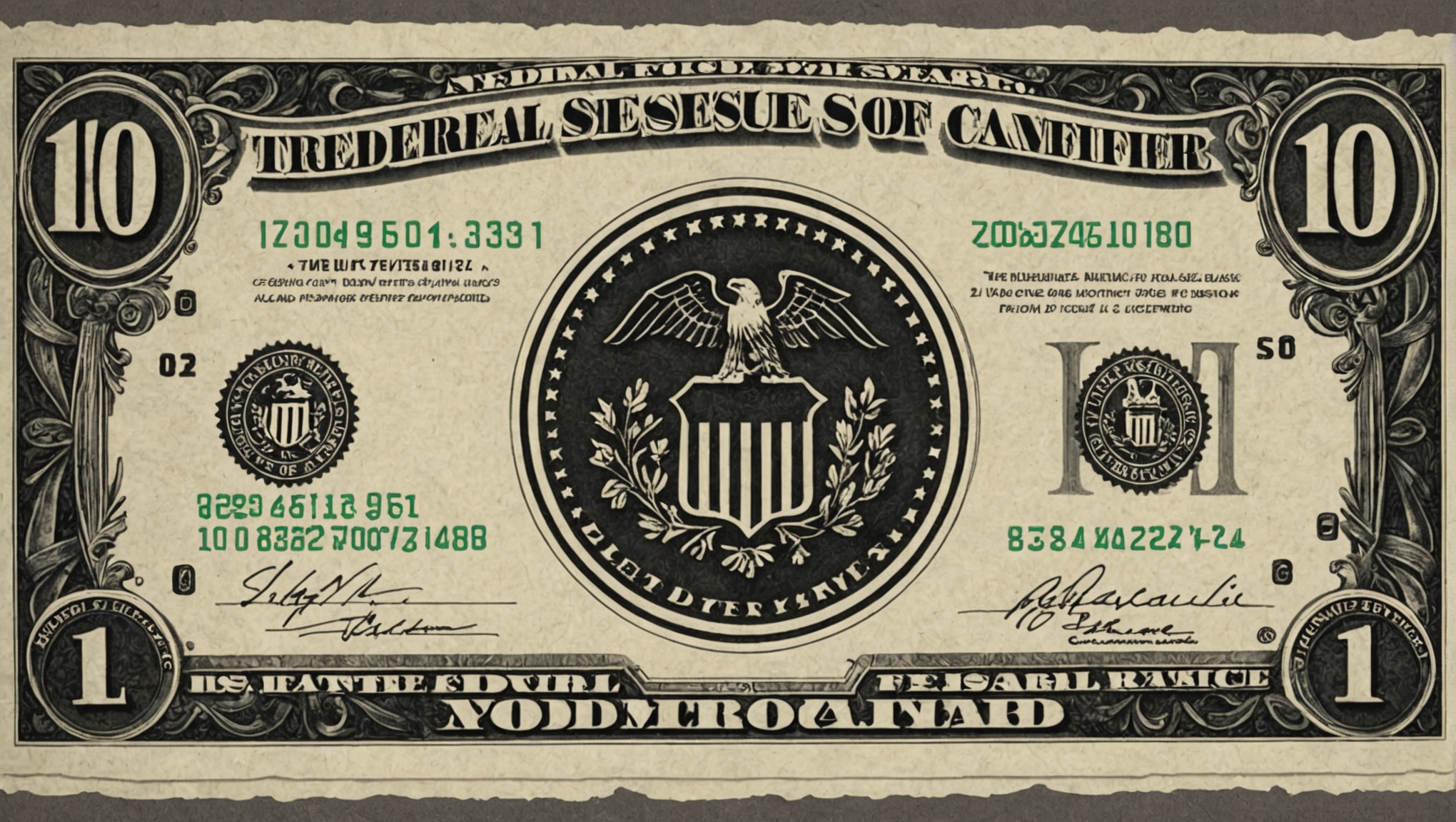Is the Federal Reserve’s New ScamClassifier Model the Future of Secure Payments?
In today’s fast-paced digital world, the need for secure payment technologies has never been more crucial. With the Federal Reserve’s introduction of the innovative ScamClassifier model, a new era of financial security may be on the horizon. But what exactly is this groundbreaking model, and could it revolutionize the way we approach secure payments in the future?
Understanding the ScamClassifier Model
In an era where digital transactions are becoming the norm, the Federal Reserve has introduced an innovative tool designed to enhance payment security. Dubbed the ScamClassifier model, this cutting-edge technology aims to improve the detection, reporting, and mitigation of scams across the payment industry. But what exactly does the ScamClassifier entail, and how does it work?
How the ScamClassifier Model Works
The ScamClassifier model employs a series of targeted questions to distinguish and classify various types of scams. By analyzing the responses, the model can categorize scams more accurately, allowing for a more focused approach in tackling these fraudulent activities.
The model’s sophisticated algorithms are designed to expedite the intake of scam claims, facilitate investigations, and enhance overall reporting mechanisms. In doing so, it helps financial institutions quickly identify and address potential threats.
Implications for the Payment Industry
By leveraging the ScamClassifier model, the payment industry can substantially improve its scam detection and mitigation strategies. This advancement is particularly crucial given that consumer fraud losses exceeded $10 billion last year, marking a 14% increase from the previous year.
- Enhanced detection and reporting capabilities
- Acceleration of scam claims processing
- Improved focus for investigations
Industry Support and Future Prospects
According to Mike Timoney, Vice President of Payments Improvement at Federal Reserve Financial Services, there is growing support for the fight against fraud. “We are seeing a groundswell of support for fighting this type of fraud, and the ScamClassifier model can help us do so through better classification and reporting,” he states.
With the ScamClassifier model gaining traction, its future prospects look promising. The technology has the potential to revolutionize how scams are dealt with, making payments more secure and reliable for consumers and businesses alike.
Challenges and Considerations
Despite its promising features, the ScamClassifier model also faces challenges. Implementing such advanced technology requires significant investment and collaboration within the payment industry. Moreover, ongoing updates and refinements will be essential to keep pace with evolving scam tactics.
However, the benefits of a more secure payment environment far outweigh these challenges, making the ScamClassifier model a worthwhile endeavor for the industry.
Conclusion: A Step Towards Secure Payments
As the digital landscape continues to expand, the introduction of the ScamClassifier model by the Federal Reserve signals a significant step towards more secure payments. Its ability to accurately classify and report scams promises to enhance the industry’s overall resilience against fraud. While challenges remain, the potential benefits make it a forward-looking solution in the ongoing battle against financial scams.
Source: www.finextra.com







